A lot of students are unaware that the majority of scholarships for the master’s and Ph.D. programs are sponsored by university professors in the USA. So, it is very important to email USA professors to improve your chances of availing full scholarship. In this article, we will guide you on how to email professors and what is the right format and approach to doing so.
The ideal time to approach professors is after summer and before December. The sooner you apply, the better chances you will have to get the funding.
Disclaimer: Please note not all USA universities’ professors prefer that students should approach them for Ph.D. funding. However, in some schools, they do prefer it and it improves your chances of funding or scholarship. This guide will prepare you well for those universities where approaching professors can be an important element in admission and funding.
Who should you contact?
Usually, it’s important to email only relevant professors, whose research aligns with your own research objectives.
Before contacting a professor, you can check what the professors are researching simply by checking out the university web page, where you can also find their contact information. Basically, you have to see the type of studies that they do and what type of results you can expect based on the students they had. Also, make sure that you study their current students via LinkedIn.
Make sure that you do your homework
What you want to do is to read one of the recent papers. Check their homepage too. If their ideas don’t stand out to you, then you want to avoid wasting your time contacting them. If the research is nice and interesting, then all you have to do is send an introduction email and that’s it.
Make sure that you check programs of interest and find a list with sites that showcase the research talent and areas of those professors. You can even use search engines to find papers.
If you want to send an introductory email, make sure to keep it short. Move straight to the point, don’t beat around the bush. The professors can be very busy, so writing a shorter message increases the chances of your email actually being read.
A Guide to the Concept of Prof-letting or Proofing:
Proofing, also known as prof letting, is a term that defines the first time you approach a professor about funding options and admission. Proofing is a very important aspect to keep in mind, and it can provide you with quite an interesting experience. It makes it easy for you to enjoy some great results and the value on its own is interesting, to say the least. In case you talked with many teachers, you can end up getting a few replies.
The focus is on contacting teachers who are interested in your profile. The idea is to make sure that you create a shortlist, which includes the grad schools you like. Then you will contact the professors, and assess from the replies if any of them is ready to take on more students–an important thing to take into consideration.
Keep in mind that some universities evaluate students according to other criteria, not the emails that they get. Even if you don’t receive replies, some universities will still be interested in you. So, something like Proofing allows you to lower the risk when it comes to university selection.
Things to keep in mind during the Proofing process:
Make sure that you start Proofing with only one professor at a time. Don’t interact with another teacher unless you receive a reply that the current professor can’t help. And during the process, make sure that you select professors who are specific to your particular type of work. This will make the entire process easier for you.
Replying with a Thank You to those that encourage you can show that even constructive criticism is received fairly by you. Of course, you shouldn’t focus on a single university. There are many which can be a good fit for you, so try to take as many into consideration as you can, and the results may even surprise you!
Also, you should save all the emails, which you receive a reply for and keep them in your own email list for the future. That’s what will come in handy in the future because you never know when you may need more contacts. Plus, staying in touch with relevant professors in your industry is always a good idea.
Yes, the process can be a little time-consuming, but it will be worth it in the end!
Email Structure:
- The subject line needs to talk about your intention to apply for the Master’s or Ph.D. Program.
- In the first paragraph, give a brief introduction of yourself and talk about the professor’s relevant research topic. Example:
Dear Professor Name, I came across your profile on the ABC University website. Upon going through your research articles, I am really interested in your research “Trait expression through perceived job characteristics: A meta-analytic path model linking personality and job attitudes”, which studies personality trait-job attitude relationships.
- When it comes to the second paragraph, here you have to add a description of your interests. State how you found the research of this professor and how it matters to you. Here, you also have to showcase the areas you are interested in.
Previously, I have worked on employee Machiavellianism, workplace deviance, impression management, and organizational cynicism. I am interested in conducting research on linking personality traits with job performance but I am also flexible to extend my research to employee retention and turnover.
- The ending will require you to request the professor if they can meet with you and discuss it. Suggesting some applications of the work or extensions can be a very good idea.
Academically, I was awarded gold medals in both Undergraduate and Master’s degrees. I would like to know if I can do research under your supervision.
- Attach a CV.
I have also attached my CV for your perusal.
Most importantly, proofread your email for grammatical, spelling, and typing errors. Keep the sentences short and use the structure listed above.
Once you send the email, you will have to wait. Remember that many professors receive tons of emails, so you may have to wait for at least a few weeks. You can also send a follow-up email if 2-3 weeks have passed and you didn’t get a reply. If you don’t receive a follow-up to the email again, then the professor doesn’t want to be your advisor.
Note: Do not get discouraged if you do not get any response from all the emails, you need one good response to get full funding and study in the USA.
Things to Avoid while Contacting Professors:
Approaching a professor is a great idea if you want to receive help with your Ph.D, but here are some things to avoid:
- Avoid asking for financial aid in the first message you send. That first message is to identify if the professor has an RA position. You don’t want to ask for financial aid there.
- The first mail should be short, less than 60 lines of text. Just make sure that you are concise, specific, and to the point to get the very best experience and results.
- Speaking about how much of a hard worker and creative person you are doesn’t help at all. You have to create the right content, as the message will speak for itself. Telling the same about the professor won’t help either. So, try to be truthful and state exactly what has to be said without sharing too much information.
- Stating various generic statements is not okay at all. You may want to make sure that you show your true interest in the topic with a specific statement.
- Avoid using attachments, such as, research projects, transcripts, etc. You can use an URL that the professor can visit and integrate all the stuff you want there.
- It’s important not to use HTML encoded emails or any type of non-standard character sets.
- Stay away from the fancy formatting or anything like that. You want to stand out with the stuff you write, not the formatting.
- Keep in mind that sending emails more than once without a response will constitute spam. Wait for a message and take your time with this.
- Avoid adding your address and other pivotal details in the signature, just add your name.
- Stick to being professional; don’t use a common way to approach people.
- Avoid any grammar issues, so try to double-check your content as much as you can.
- Don’t use templates, if the professors see a generic message that goes right to trash.
- You shouldn’t include marks in the mail, but you can integrate them into the resume.
- Avoid including irrelevant personal problems and experiences in your email
- Don’t contact two professors from the same department. However, if one professor doesn’t respond back to you, then approach the 2nd relevant professor after 2-3 weeks but not before that.
These are all things you want to avoid when you approach a professor. Make sure that you step away from any potential mistakes and proofread your content as often as possible. After all, you are only going to send the email once, so you might as well do it properly from the start. It’s certainly going to work a lot better with this approach!

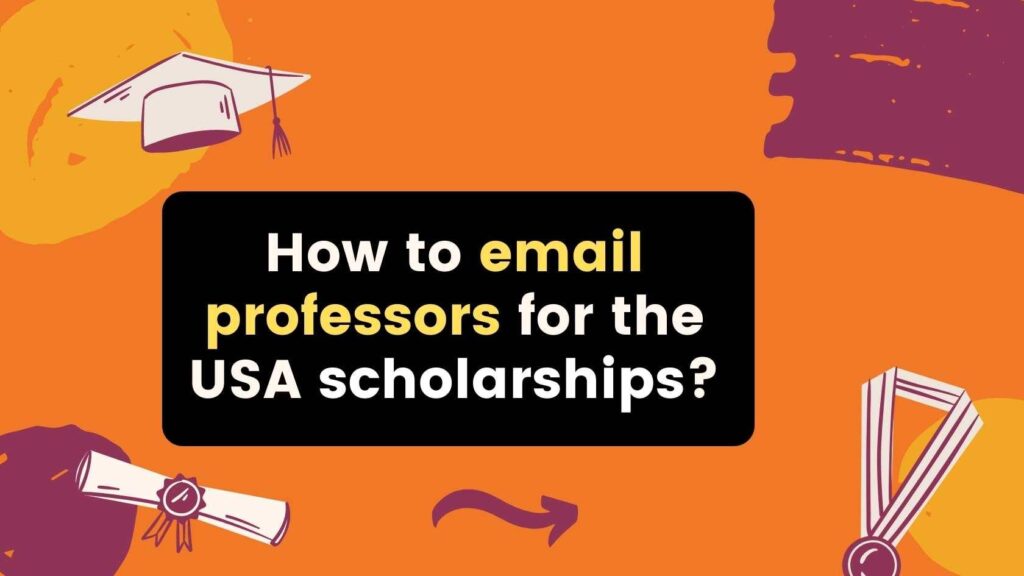
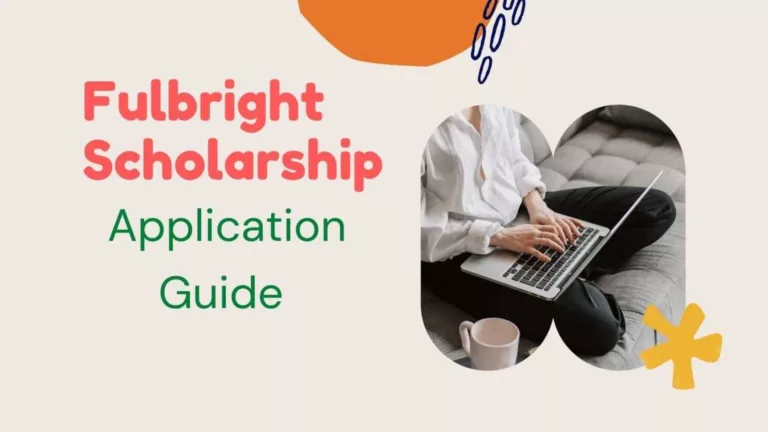
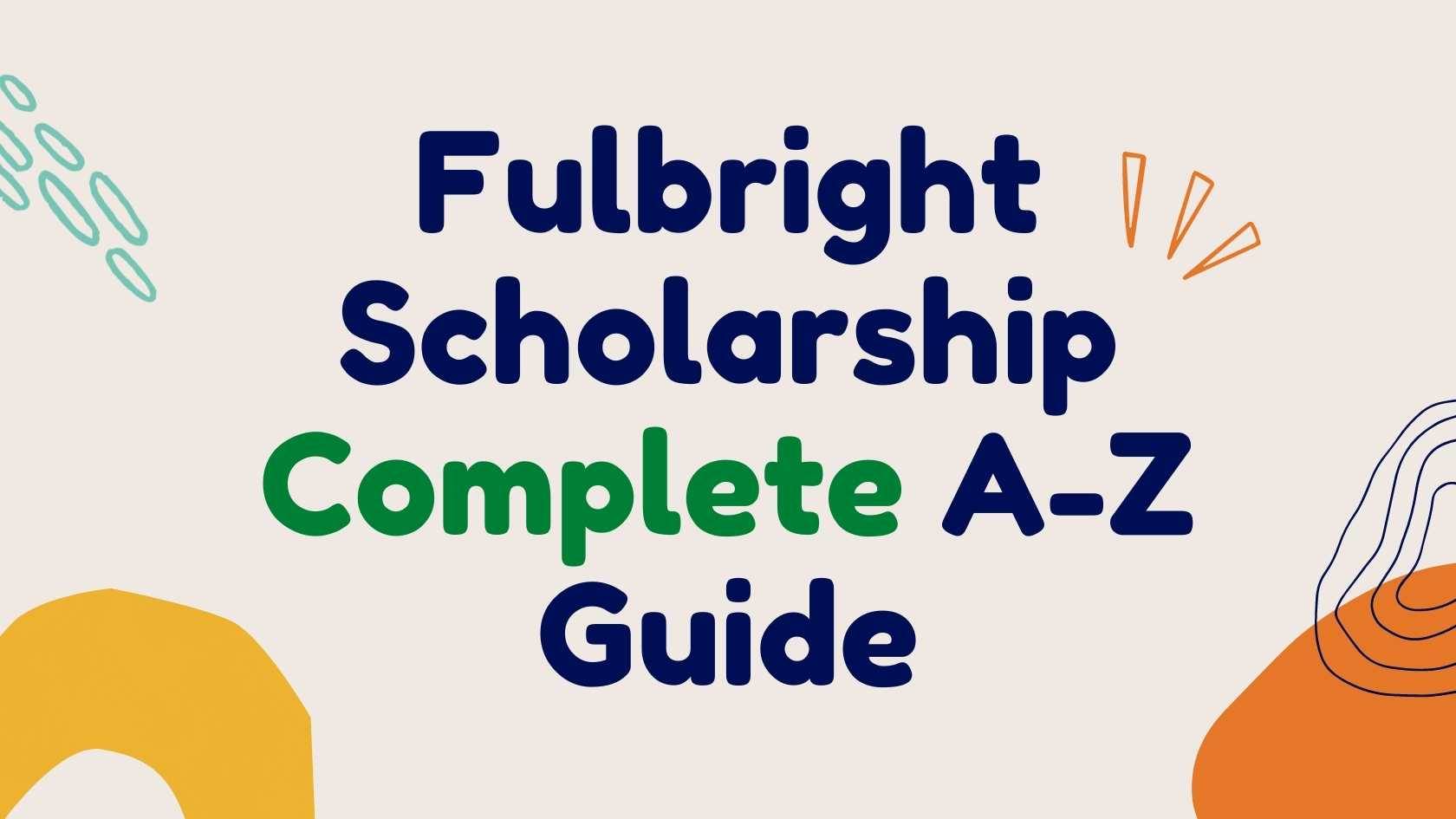
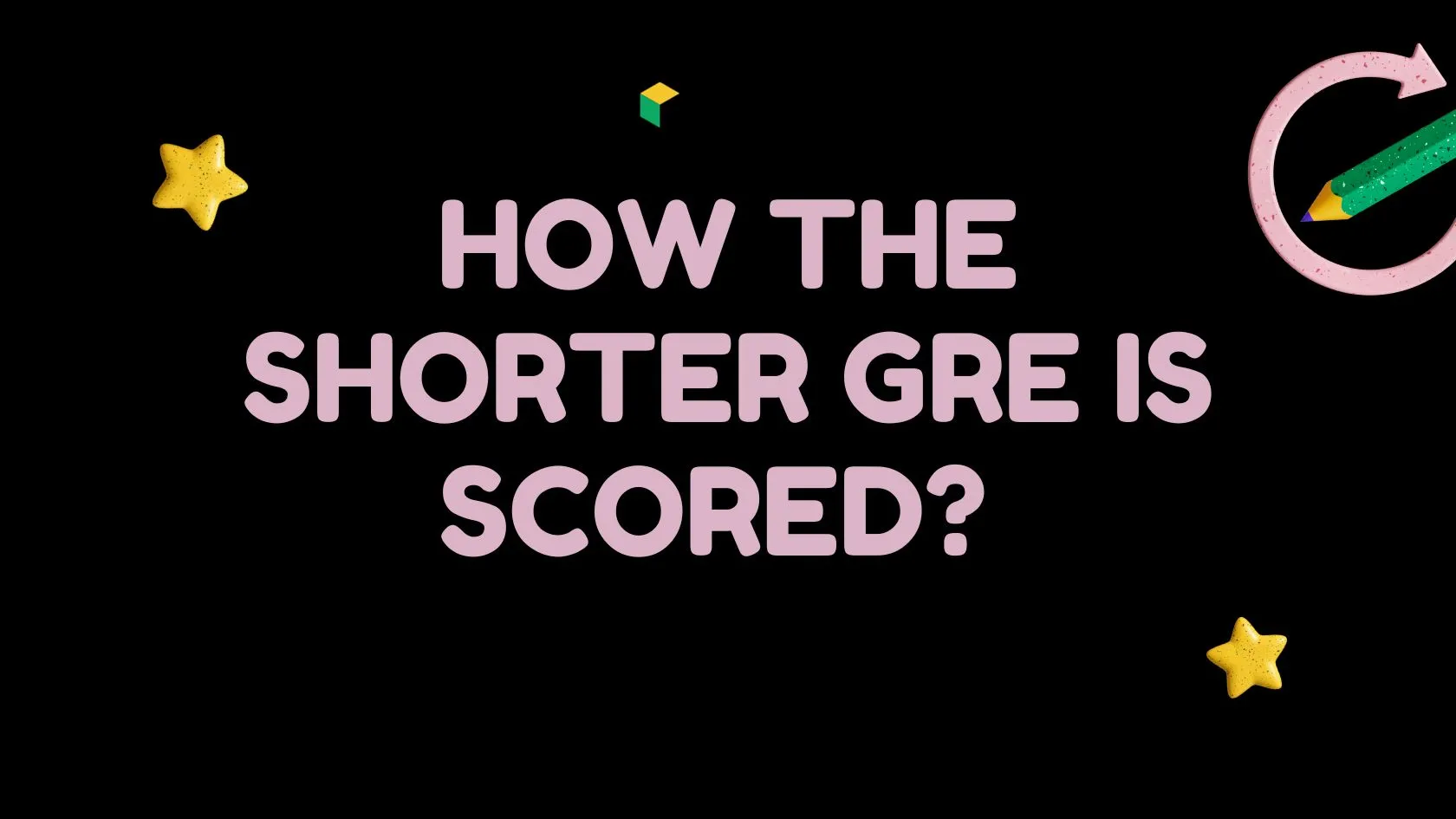


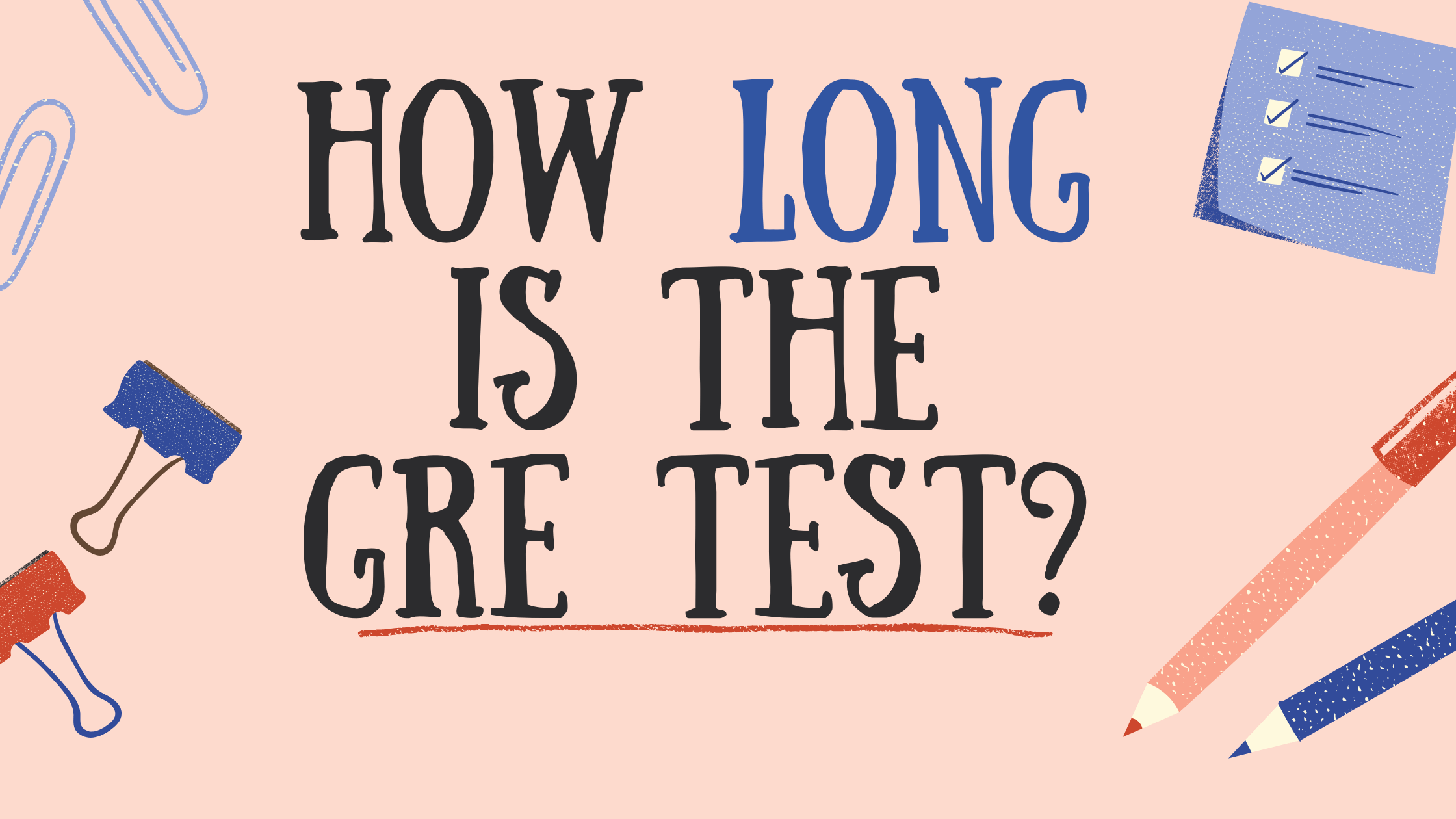


3 Responses
Thank you for your important and helpful note
Nice guideline and suggestions
Keep it up the good work Sir
Thank you 🙂